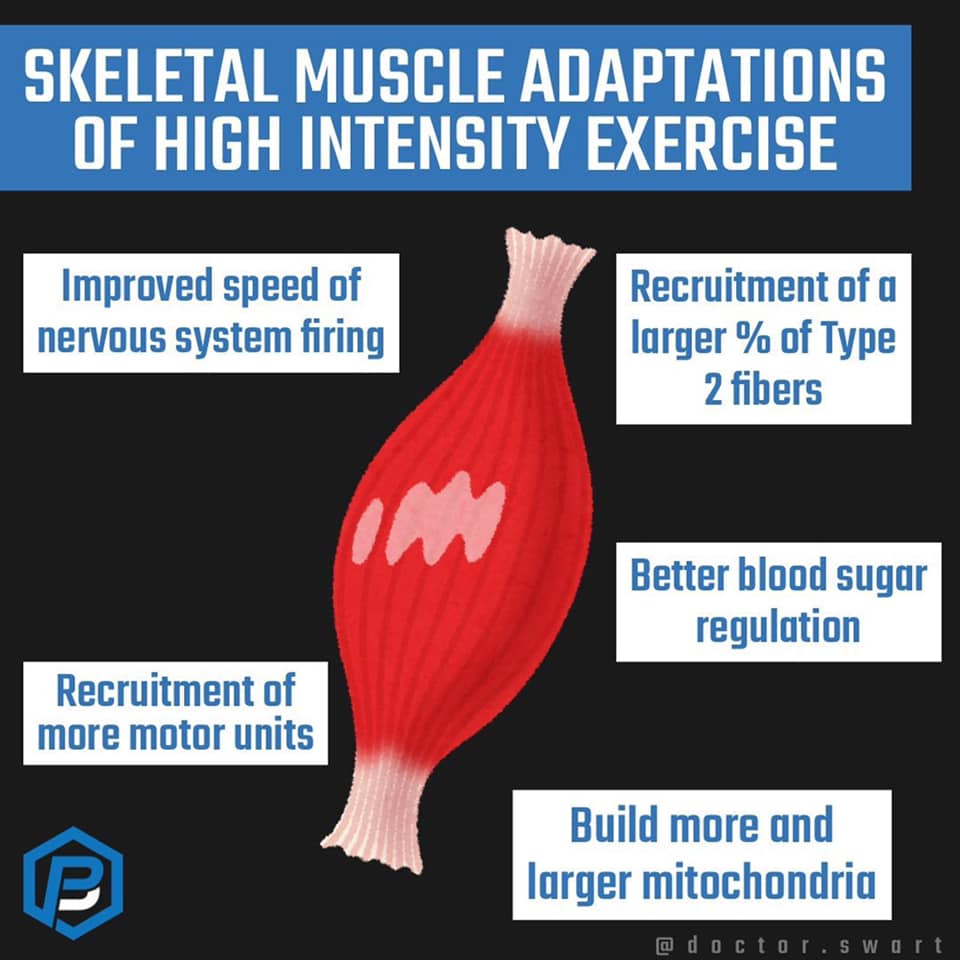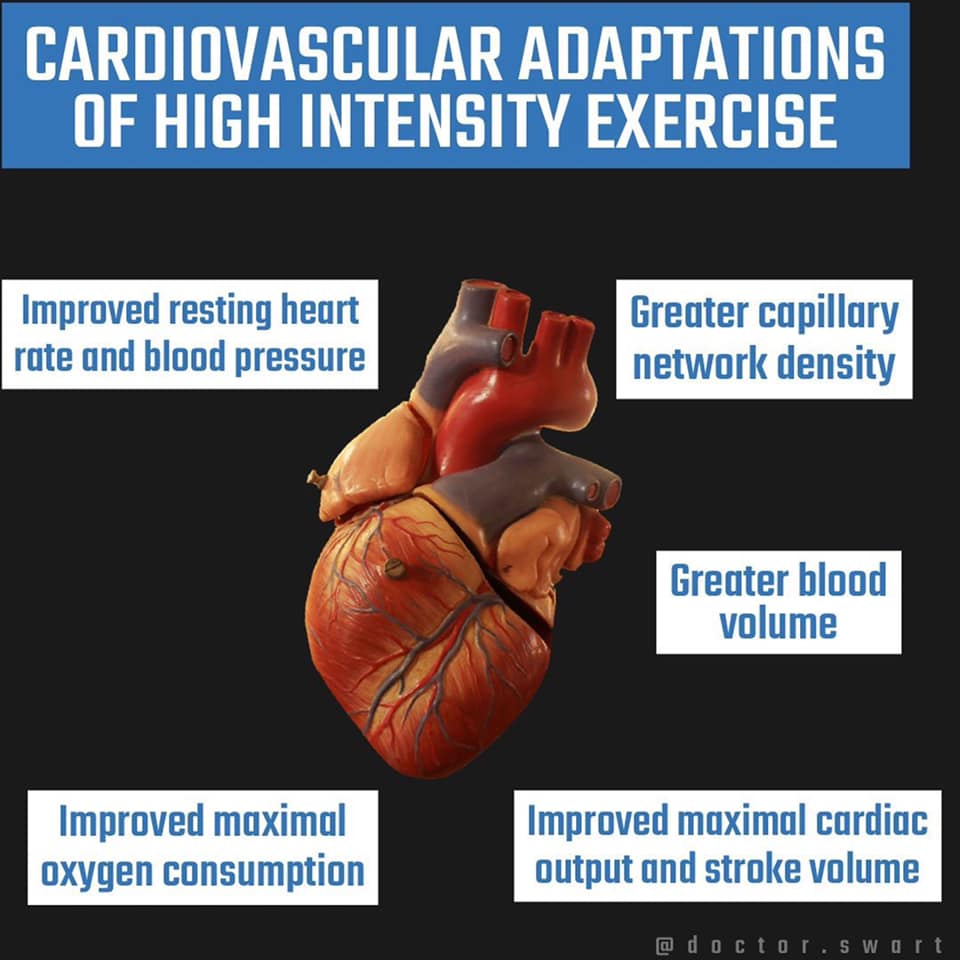What is High Intensity?
by Erik Castiglione
CrossFit, High Intensity Interval Training, Splat Points in Orange Theory – all are methods based on “high intensity.” But what is intensity? How can we say that something is high intensity if we don’t have a definition? A lot of places and methods go by feel. If you “feel” your workout, it must be high intensity. In other words, if you’re absolutely drenched in sweat and feeling wrecked after a session, that must be high intensity. Right? Not so fast.
CrossFit defines intensity as equal to power, and then defines power using the physics definition: I= P = W/T. In layman’s terms, power is equal to work divided by time, which equals intensity. Using this definition, something is “high intensity” if you do a lot of work in a short amount of time. Unfortunately, this notion is lost in a lot of exercise classes. Instead, they focus on doing more work, over more time. As we approach exhaustion, time continues increasing, but our work output decreases. If the numerator stops increasing while the denominator does not, the resulting quotient (our power output) correspondingly decreases.
To illustrate this, an example would be helpful. I think we can all agree that the longer a workout continues, the harder it is to maintain a fast pace, regardless of what you’re doing. We can all row 100 meters at a higher wattage than we can row 500m. Similarly, when we mix modalities, the shorter the workout (or work period), the faster we can move through it (in terms of time, obviously, but more importantly, with how fast we perform each movement). Take, for example, our workout from Thursday, 6/17:
5 Rounds, Each for Time:
10 Calorie Bike
5 Burpees
80’ Double KB Front Carry (55/35 per hand)
Rest 5 minutes between rounds
Many of our members finished each round in under 1 minute. Now, if we removed the rest and made the workout 5 rounds for time, anyone finishing round 1 in under a minute would likely gas out and slow WAAAAAAAY down in subsequent rounds. Even though the overall work would be the same, the power output, and therefore intensity, would be much lower. The point here is that just because something leaves you feeling wrecked doesn’t mean that it’s high intensity. Words have meaning, and it’s important to describe exercise correctly.
Am I just being a condescending, pedantic coach here, or does it genuinely matter whether something is high intensity? It matters because of the specific adaptations to your body. Performing true high intensity work yields physiological benefits that you don’t get from just doing more overall work. When it comes to strength training, high intensity effort is anything at about 85% of your 1 rep max or above. At this point, we recruit a large portion of the nervous system and start using more type II muscle fibers. Additionally, we improve the speed with which our nerves can communicate with our skeletal muscle system. The same is not true if we use lighter weights and perform more repetitions.

And, going back to our 6/17 workout, performing short, near max effort work intervals with long rest intervals results in improved resting heart rate and blood pressure, a greater density of capillaries, a greater volume of blood, and therefore increased capacity for blood, and more importantly, oxygen delivery. While learning to pace and operating at a lower power output for more sustained periods of time will also yield training benefits, it’s not the same thing. And it’s much more taxing on your body and harder to recover from high intensity sessions than pace work. A balanced program should have both, allowing participants a chance to recover from the high intensity sessions.

The point of all this is to show that just because something is labeled as “high intensity” doesn’t make it so. High intensity work is extremely specific and confers an extremely specific physical adaptation. Most of the work we perform isn’t high intensity, and rightfully so. To make long term progress, we need to regulate intensity to ensure optimal recovery. And, when we do program something that is high intensity, treat it as such, and go FULL SEND! See you in the gym.
